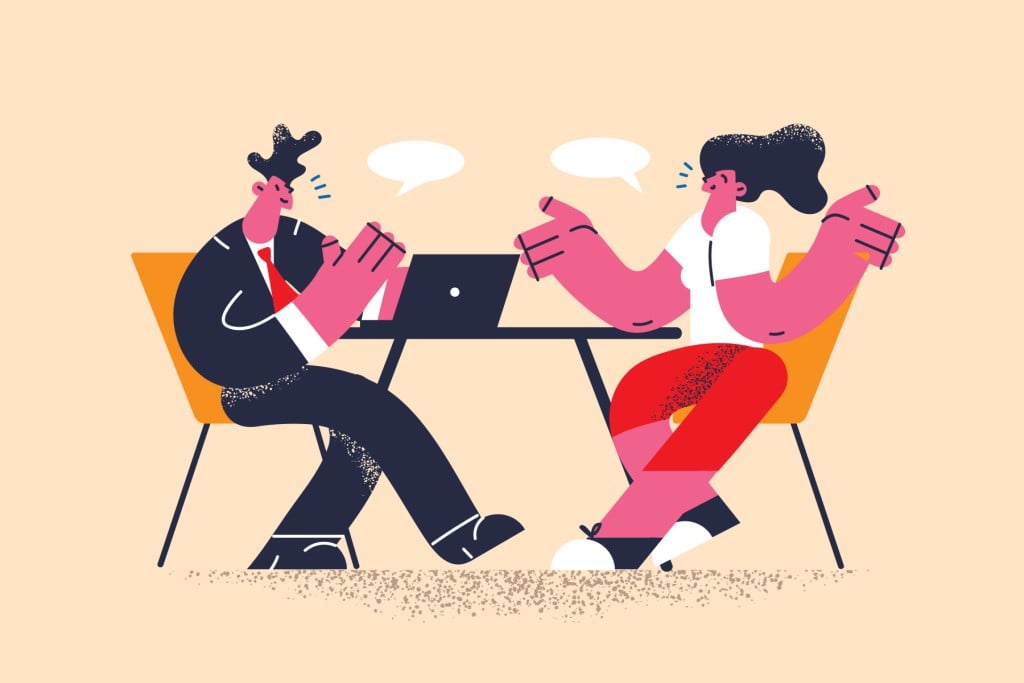How to Deal with Anger, Sadness or Fear at Work
Feel like you’re on a roller coaster emotionally? You’re not alone. Here’s how to keep it together while working during a pandemic.

“The outbreak of coronavirus disease 2019 (COVID-19) may be stressful for people,” reads the CDC’s website. Well, duh. That’s an understatement.
The health situation, social upheaval and widespread layoffs are scary enough. Those of us lucky enough to still be employed are being thrown into work situations we didn’t sign up for. Maybe that means working from home with keiki underfoot or trying to help clients who have completely different needs from a few weeks ago. Perhaps you’re making really hard choices about the best ways to use resources, or struggling to master new technology, or in a workplace that no longer feels safe. All of this is distressing and unsettling, and if you feel like your emotions are whiplashing all over the place, you’ve got company.
To understand how to stay calm in such an unstable work world, I spoke with organizational psychologist Jennifer Goldman-Wetzler, Ph.D. and author of the book, “Optimal Outcomes: Free Yourself from Conflict at Work, at Home, and in Life.”
“So many of us have been taught that the way for us to work with emotions is to be emotionally intelligent and empathic toward other people,” says Goldman-Wetzler. That is, we tend to focus our energy on doing and saying things that will help others who are upset. However, she says, “This doesn’t address our own emotions and it ignores the fact that we have the most leverage over our own emotional state.”
That’s the good news: We can’t control the world, but we have more power over our emotions than we think we do.
If you’re feelin’ a feel, it’s probably one of the Big Five. “There are five main emotions that are universal to human beings across the globe,” explains Goldman-Wetzler. “Anger, sadness, disgust, joy and fear. There are thousands of variations within each of those five categories, but those are the main ones.” Knowing this can serve as a starting point. When feeling emotional, ask yourself, ‘What emotion am I feeling right now? Am I feeling angry? Am I feeling fear?”
“Just the practice of being able to name our emotions is a great first step,” says Goldman-Wetzler. “As the great Buddhist masters remind us, observing our emotions helps them settle. So, it’s noticing, “Wow, I feel angry,” or “Wow, I feel fearful.”
But emotions this intense won’t come to rest easily. The next step she suggests is to think, “What messages are my emotions trying to send me? For example, anger typically tells us there is something unjust in a situation. Fear relates to danger or perception of danger. Sadness typically is telling us a loss has occurred. We want to listen to that message, and then take it to the final step.”
The final step of this process is to think, “What constructive action can I take based on the message that I am hearing?” Maybe I could take a walk around the block or take three deep breaths and calm down before I respond to someone over email. Or if I feel weepy, instead of plowing right back into a work project, think, “What would it look like to acknowledge that a loss has occurred?” Maybe that means I need a quick break to grieve that loss. Or if you feel totally frozen with fear and indecision think, “Well, what action can I take?”
Just the act of noticing emotion is an excellent first step, says Goldman-Wetzler. “So often we think we need to do something, and that is a fallacy.” Sometimes, simply noticing your emotion can help you remain calm when things get hairy, whether at work or in your personal life. Give it a try.






